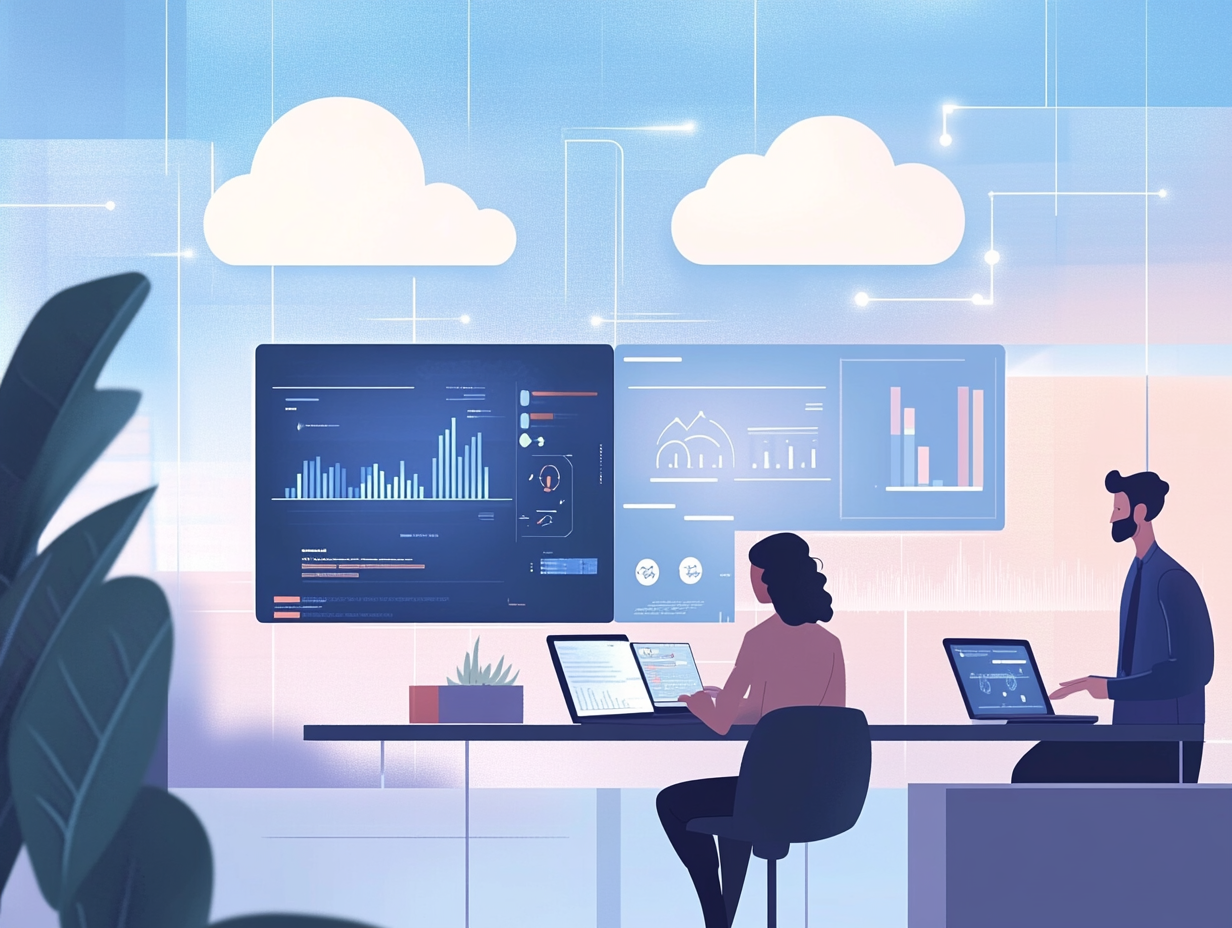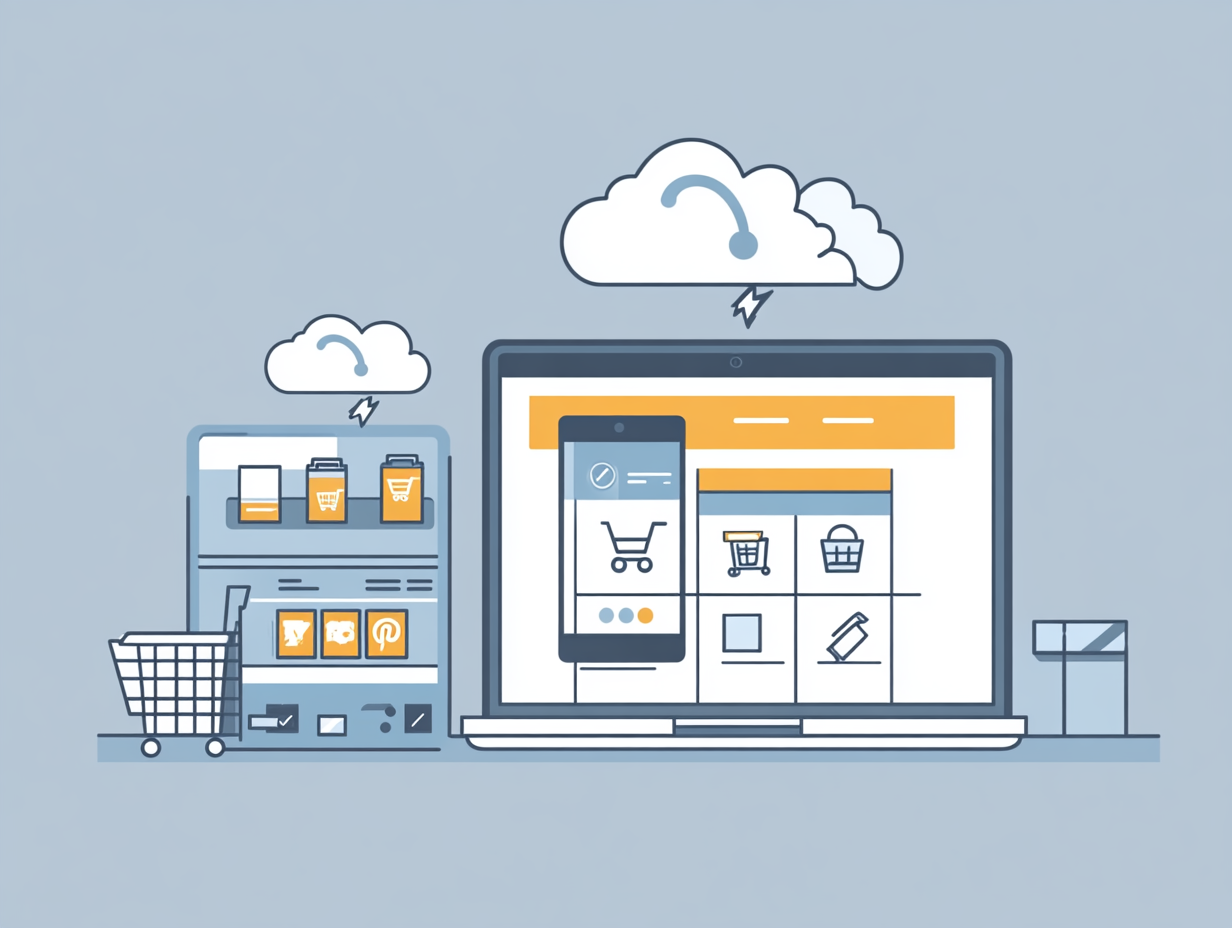The Importance of App Maintenance
- Adapting to User Feedback
Once your app is in the hands of users, they’ll provide valuable insights into what works and what doesn’t. Addressing their feedback quickly not only improves user satisfaction but also demonstrates your commitment to delivering a quality experience. - Ensuring Security
Cybersecurity threats evolve constantly. Regular maintenance allows you to implement the latest security updates, fix vulnerabilities, and safeguard user data, protecting your business reputation and maintaining compliance with regulations like GDPR. - Optimising Performance
Over time, apps can become sluggish or encounter bugs. Maintenance ensures optimal performance by addressing issues like slow load times, crashes, or inefficient processes that may hinder the user experience. - Keeping Up with Technology
Operating systems and devices are regularly updated, which can affect app functionality. Maintenance ensures compatibility with the latest platforms, ensuring your app remains relevant and fully functional. - Enhancing Features
Business needs evolve, and so should your app. Maintenance provides the opportunity to add new features, refine existing ones, and adapt to changing market trends, ensuring your app continues to meet your goals.
Key Components of App Maintenance
- Regular Updates
Scheduled updates keep your app running smoothly. These can include bug fixes, security patches, and feature enhancements based on user feedback or industry advancements. - Performance Monitoring
Analytics tools allow you to monitor your app’s performance, identify potential bottlenecks, and make data-driven decisions for improvement. - Bug Fixes
No app is perfect at launch. Post-launch maintenance ensures bugs are identified and resolved promptly, minimising disruptions for users. - Security Upgrades
Implementing the latest security protocols and encryption methods keeps your app resilient against new threats. - Compatibility Testing
Regular testing ensures your app works seamlessly on new operating systems, devices, and browsers, providing a consistent experience for all users. - User Support
A dedicated support channel allows users to report issues or provide feedback. Addressing these concerns quickly builds trust and improves user retention.
The Cost of Neglecting Maintenance
Failing to maintain your app can lead to:
- User Frustration: Bugs and performance issues drive users away, reducing engagement and revenue.
- Security Risks: Outdated security measures leave your app vulnerable to attacks, risking sensitive user data.
- Increased Costs: Ignoring small issues can result in major problems that are more expensive to fix in the long run.
- Loss of Relevance: An app that doesn’t evolve with technology or user needs risks becoming obsolete.
Conclusion
An app isn’t a one-and-done project—it’s a dynamic tool that requires ongoing care to stay effective. Regular maintenance ensures your app remains secure, efficient, and aligned with your business objectives. By investing in post-launch support, you not only protect your initial investment but also maximise the long-term value of your app.
At Corvita, we understand the importance of app maintenance and offer comprehensive support services to keep your app performing at its best. Contact us today to learn how we can help you maintain and enhance your app for sustained success.





